B-Cell Lymphoma Stages and Treatment

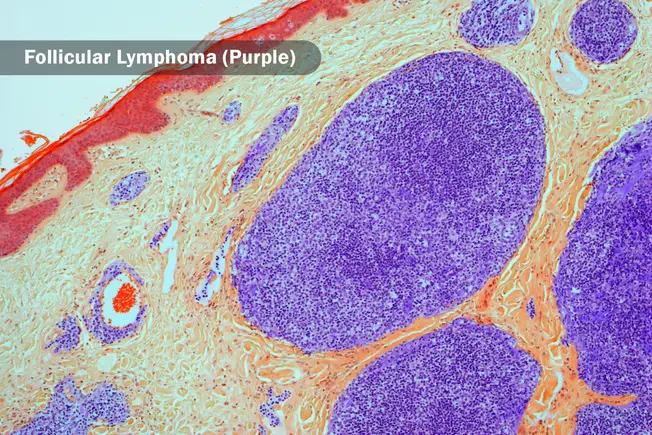
Treat by Type
B-cell lymphoma treatment isn't one-size-fits-all. To choose a therapy, your doctor will first figure out which type you have and its stage. Common B-cell lymphoma types are:
- Diffuse large B-cell lymphoma (DLBCL)
- Follicular lymphoma (FL)
- Marginal zone B-cell lymphoma (MZL)
- Chronic lymphocytic leukemia (CLL)/small lymphocytic lymphoma (SLL)
- Mantle cell lymphoma (MCL)
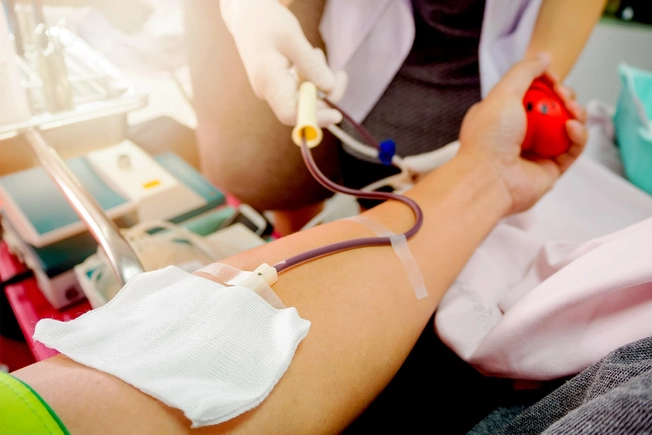
Know Your Stage
Your stage tells your doctor where in your body B-cell lymphoma has spread. Biopsies, blood tests, CT scans, and PET scans find cancer in places like your lymph nodes, belly, chest, bones, and brain. Your doctor will recommend treatments based on which stage you're in.
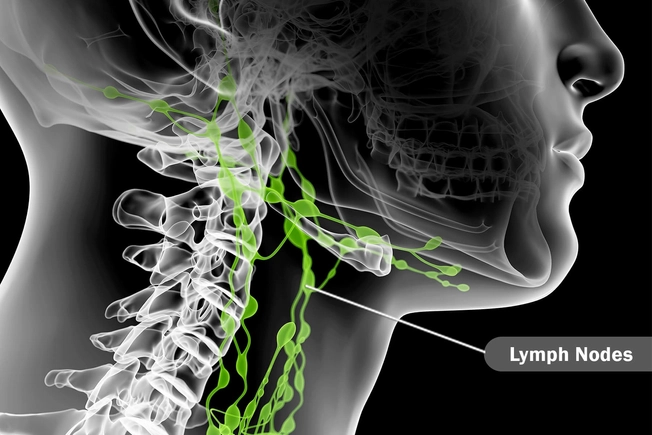
Stage I
At stage I, lymphoma may have spread to one of your lymph nodes -- the small bean-shaped glands in your neck, under your arms, and in your belly and groin. It may also have moved into organs in your lymph system, which help protect against infections, such as the tonsils. You might also be in stage I if your cancer has moved into only one part of an organ that's not in your lymph system.
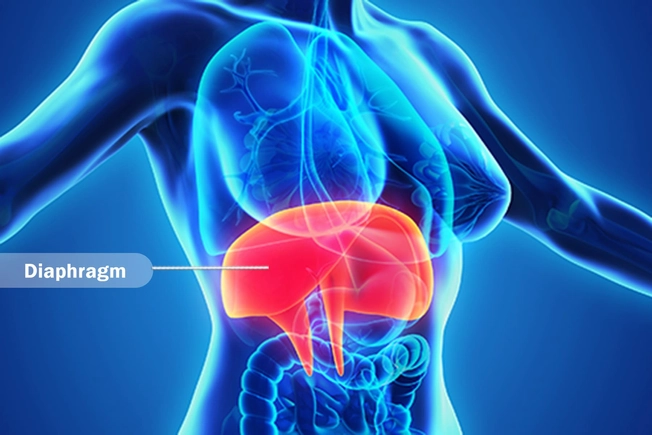
Stage II
At this point your cancer may have moved into two or more groups of lymph nodes or into one lymph node group and part of a nearby organ. Either way, all of the cancer is on the same side of your diaphragm, the dome-shaped muscle that separates your chest from your belly. The cancer could be above your diaphragm, in places like your neck or underarm. Or it could be below your diaphragm, in areas like your groin or belly.

Stages III and IV
If your doctor says you're in stage III, your cancer has spread to lymph nodes above and below your diaphragm. It might also now be in your spleen, an organ in the upper left part of your belly that helps filter blood.
In stage IV, the cancer has spread widely to an organ outside of the lymph system, such as the bone marrow, liver, or lung.

Treatment Choices
One way to treat many types of B-cell lymphoma is chemotherapy. Some other treatments your doctor might recommend are:
- Radiation therapy
- Immunotherapy
- CAR T-cell therapy
- Targeted therapy
- Stem cell transplant
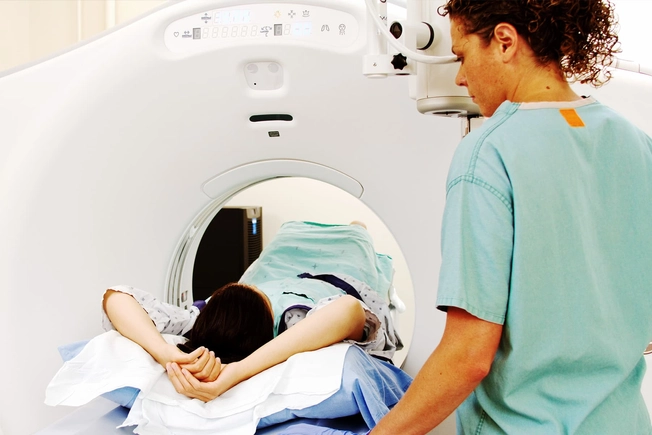
Watch and Wait
If your cancer hasn't spread far, you don't have symptoms, or the disease isn't a risk to your health, you may be able to delay treatment. This approach is called "watch and wait." It can help you avoid treatment side effects. Waiting doesn't mean doing nothing. Your doctor will keep tabs on your cancer with regular tests and checkups. They may suggest you start treatment if they spot signs that your lymphoma is growing.
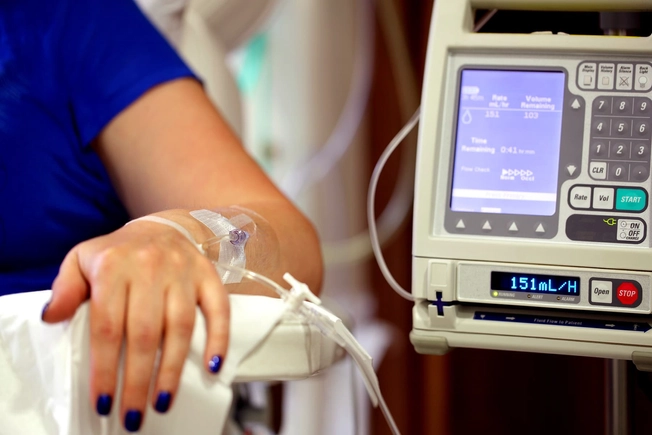
Chemotherapy: "CHOP" and "RCHOP"
One common chemo routine for B-cell lymphoma is called CHOP. It's named for the first letter of the four drugs you take:
- Cyclophosphamide (Cytoxan)
- Hydroxydaunorubicin (Doxorubicin)
- Vincristine (Oncovin)
- Prednisone
Your doctor may suggest you add the immunotherapy drug rituximab (Rituxan) to the mix. This combo is called RCHOP.
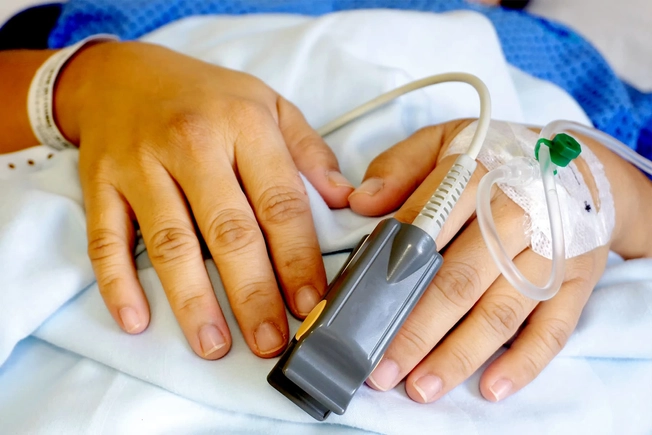
Chemotherapy: CVP
Your doctor may suggest another combo called CVP. It includes three drugs:
- Cyclophosphamide
- Vincristine
- Prednisone
No matter which type of chemo you have, there can be side effects. You might get temporary hair loss, nausea, diarrhea, infections, and mouth sores. Your doctor will help you manage these problems if they happen to you.
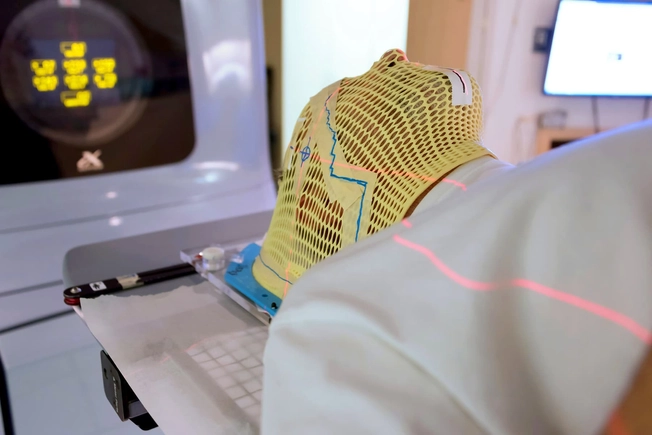
Radiation Therapy
A machine sends high-energy beams to the part of your body where lymphoma cells have collected. Your doctor may suggest this treatment if your B-cell lymphoma is in an early stage. For late-stage cancers, you may get it with chemotherapy or other treatments. You may need to get radiation for 5 days in a row over several weeks. Common side effects are redness and irritation in the treated area, tiredness, and nausea.
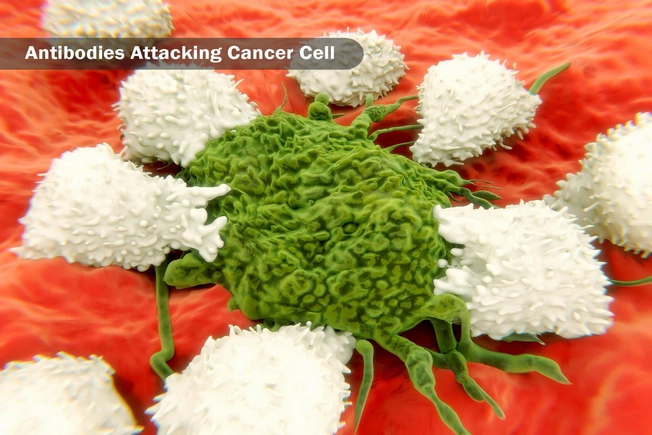
Immunotherapy
Your immune system fights off invaders like germs and cancer. Immunotherapy makes your body's defense system a more powerful fighter against cancer. Monoclonal antibodies are a type of immunotherapy drug that binds to substances on B-cell lymphoma cells. These drugs wake up your immune system so it can kill more cancer cells. You may get side effects, like itching and redness, fever, chills, nausea, and tiredness.
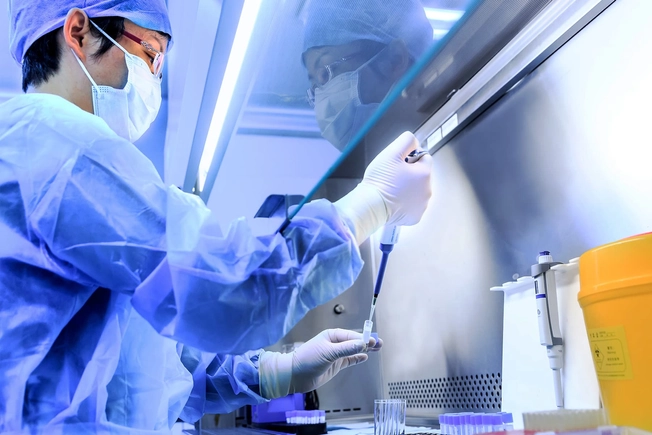
CAR T-Cell Therapy
In this new treatment, your doctor takes some immune system cells out of your body. A lab technician uses genetic engineering to tweak these cells to make chimeric antigen receptors (CARs), which have the ability to find and attach to proteins on the surface of cancer cells. The lab grows an army of these cells, and your doctor puts them into your body to hunt down and kill cancer.

Targeted Therapy
Lymphoma cells have special features that help them grow and spread. Targeted therapy zeros in on them. Your doctor might suggest a targeted drug if you tried chemo or other treatments but your cancer is still growing. Which one your doctor recommends depends on the type of B-cell lymphoma you have. There can be side effects from these drugs like nausea, diarrhea, constipation, and tiredness.
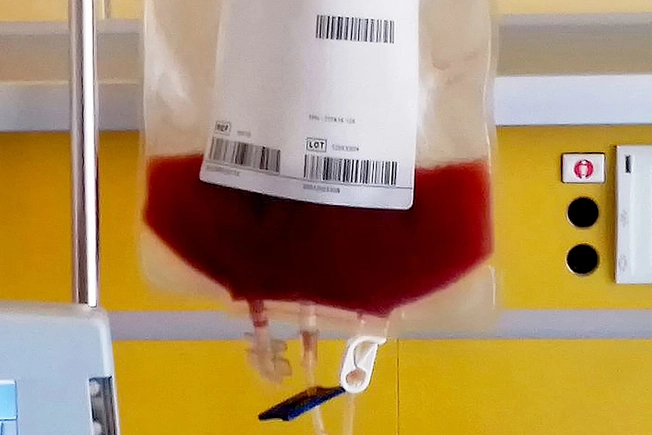
Stem Cell Transplant
You have stem cells in your bone marrow that grow into red and white blood cells and platelets. The high doses of chemotherapy you may need to treat your cancer can damage them. So after high-dose chemo, you'll get a transplant of stem cells from your own body or a healthy donor to be replacements for the ones that were hurt during chemo. For some people with B-cell lymphoma, a stem cell transplant offers the best chance of a cure.
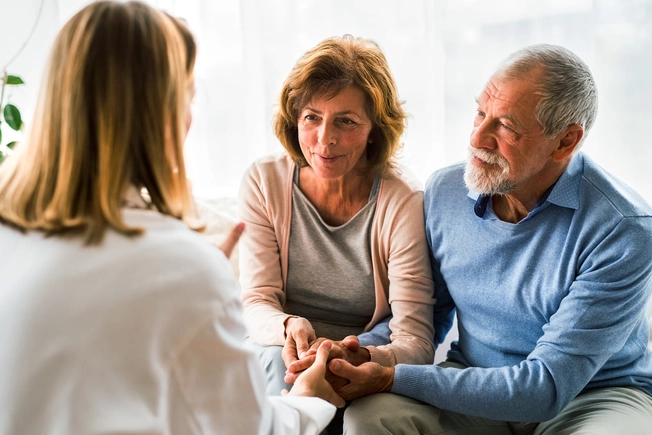
Consider Your Options
Your doctor will go over all your treatment choices with you. Which one you and your doctor pick will depend on things like your type of lymphoma, where it has spread, your symptoms, and your overall health. You might have to try more than one treatment to slow or stop your lymphoma. With the right therapy many people go into remission, which means there are no signs of cancer left in your body.